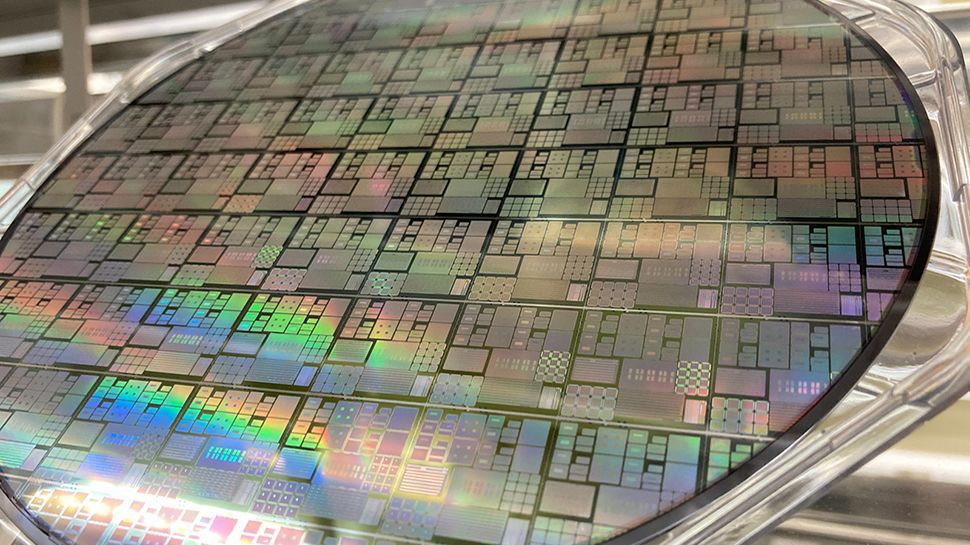The Industrial Technology Research Institute (ITRI) and Taiwan Semiconductor Manufacturing Company (TSMC) have announced the creation of a SOT-MRAM (spin-pair magnetic random access memory) array chip, the result of a development program set first announced in 2022.
Considered as a possible replacement for STT-MRAM (spin transfer torque MRAM), the new SOT-MRAM could be used for computing in memory architectures and as an alternative for high-density, next-level embedded cache applications. It requires only 1% of the operating electricity consumed by its predecessor and is said to be faster than DRAM.
ITRI and TSMC published a new research paper on this microelectronic component, at the International Electronic Devices Meeting IEE 2023 (IEDM 2023).
There are still obstacles to overcome
Dr. Shih-Chieh Chang, Director General of ITRI's Electronic and Optoelectronic Systems Research Laboratories, said: “Following co-authored papers presented at the VLSI Circuits and Technology Symposium last year, we have jointly developed an SOT unit -MRAM cell. This unit cell simultaneously achieves low power consumption and high-speed operation, reaching speeds of up to 10 nanoseconds. And its overall computing performance can be further improved when integrated with computing in circuit design. “Looking ahead, this technology has potential for applications in high-performance computing (HPC), artificial intelligence, automotive chips and more.”
The rise of AI, 5G and AIoT has spurred the need for faster processing and novel memory solutions that offer superior speed, stability and power efficiency. This advancement potentially paves the way for next-generation memory technology, but there are problems.
As Tom's Hardware notes, “Although SOT-MRAM offers lower standby power than SRAM, it requires high currents for write operations, so its dynamic power consumption is still quite high. Additionally, SOT-MRAM cells are still larger than SRAM cells and are more difficult to manufacture. As a result, while SOT-MRAM technology looks promising, it is unlikely to replace SRAM anytime soon. However, for in-memory computing applications, SOT-MRAM could make a lot of sense, if not now, but when TSMC learns how to make SOT-MRAM cost-effective.”









